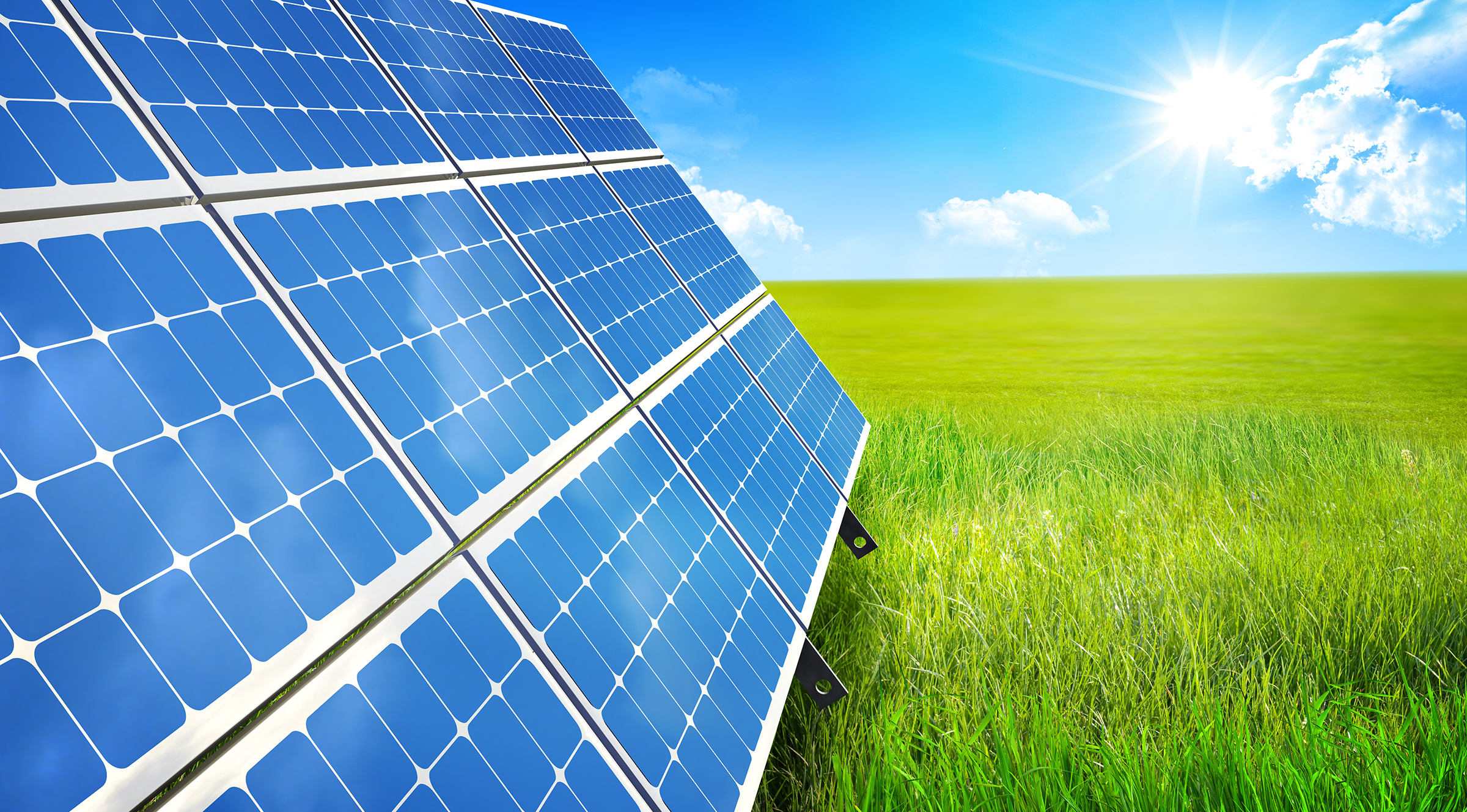14 April 2022
Global Markets
Creating Momentum of Green Energy in Sri Lanka
In an authored article, Chandani Werapitiya, Senior Business Consultant, Retd. Senior DGM Peoples Bank, Former DG Sri Lanka Tourism Development Authority, advocates for promoting solar power as a mode of alternative energy in the island nation of Sri Lanka
The process of deep decarbonisation – phasing out of carbon-emitting fuels in favour of more sustainable alternatives – is increasingly seen as a viable way to combat the climate crisis globally. As a result, new opportunities for energy businesses are also opening up. In Sri Lanka, a new paradigm has been initiated due to the demand for green energy at higher-than-expected levels. The alignment with green energy initiatives has been further strengthened and critically driven due to factors such as unpredictable weather patterns experienced in the recent past.
Traditionally, and rather unsurprisingly, the island nation of Sri Lanka has always focused on hydro and related businesses when it comes to the energy industries. In this context, did you know that while floods can cause widespread devastation, they may create the most expensive minerals, including gems, whilst rolling out their residues?
However, new investors and entrepreneurs are now seeking more potential business and competitive advantage in areas that are either still uncharted or untested in the nation but are in demand in the energy world. Based on the Sri Lankan energy analysis, there is a potential for green energy providers like WIND and SOLAR in the ensuing years. Future forecasts predict that the valuation of these would be three hundred times higher by 2030.

In addition to the solar products’ market, there is a high potential for residues and scraps in solar power generating systems. Solar products such as solar PV panels are made of materials including metals, glass, insulation material, battery and electrical devices and reach their end-use in 10-12 years. Supply chain challenges, trade barriers, and geopolitics drive new solar PV manufacturing capacity while also creating a high volume of residues and scraps. The damaged panels are replaced instead of being re-used, and the scrap market is currently growing unorganised. Therefore, there is an urgent need for a mechanism for avoiding environmental hazards by creating an ecosystem where the scraps and residues are collected to either re-cycle or leverage through selling in a strategic and organised manner.
It is essential to create a corpus of industry insights and analysis primarily related to technology across new energy like Solar, Wind, Batteries and other storage media, hydrogen and renewable gas as they will surely aid in achieving a low and de-carbonised future in a concerted manner. Besides, investors are also keen on investing in such areas of high demand and higher ROI. Cleantech strategies will be provided to Investors with valuable contextual framing for developing green energy in the country.
Key tenets towards enhancing the island nation’s green energy potential:
- Research for assessing how solar energy can fulfil its potential in the country.
- Awareness programs and workshops could be conducted on solar energy systems for policymakers, users, and investors.
- Touching upon untapped areas like the residue market in solar, focusing on new ventures.
- Troubleshooting of grids problems such as doing away with unnecessary regulations and administrative processes and adhering to simpler regulations.
- Increase scope for joint ventures that include foreign collaborations and know-how.
- Effective marketing of the true power of grid-tie solar systems.
- Practical, customised and well-designed approach by solution providers so that even new customers can easily install solar systems. This will gradually weed out ineffective ways of designing solar systems.
- The most important factor affecting energy output is Panel Orientation basis climate changes. The orientation of a solar panel is essential in ensuring its power output is maximised. Some panels track the sun, while some are fixed. These need to be strategically placed.
- Mitigating the risk of high dependency with Agents and Principles.
- In-house mechanism for recycling of residues.
- Procuring adequate substitutes for all accessory parts.
- Going out of the frame by assessing the possibility of generating more Offshore Solar. This works especially in a country like Sri Lanka with ample seafront where PVs can be placed instead of using land for the same purpose.
- Assessing the factors that can halt the downward trajectory of battery costs.
- Investment in developing renewable assets such as solar farms, etc.
- A more innovative approach to energy storage mechanism than hybrid batteries that can also be charged.